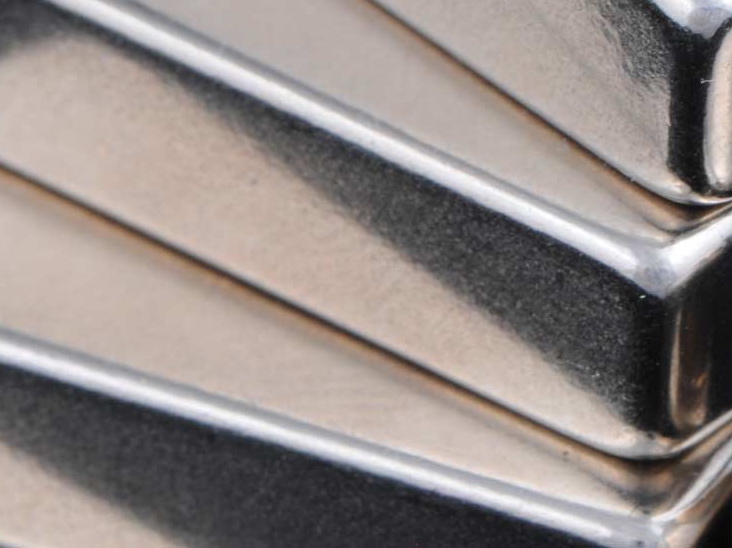


InĪddition to above properties, can be rendered porous for lubrication purposes.Ĭlass 1. Has low coefficient of friction, and is resistant to heat. Disposal of chemicals is regulated in most countries.Įxcellent hardness (Rc 68-74), wear resistance and erosion resistance. The chrome plating chemicals are very toxic.

The overall appearance of decorative chrome plating is only as good as the preparation of the component. Various linishing and buffing processes are used in preparing components for decorative chrome plating. A typical hard chrome vat plates at about 1 mil (25 µm) per hour. Sometimes the component has a conforming anode made from lead/tin or platinized titanium. Sometimes the component enters the chrome plating vat electrically live. Ferric chloride is also popular for the etching of Nimonic alloys. Different substrates need different etching solutions, such as hydrochloric, hydrofluoric, and sulfuric acids. There are many variations to this process, depending on the type of substrate being plated.
Chromium plating steel manual#
Manual cleaning to remove all residual traces of dirt and surface impurities.Sometimes a less expensive imitator of chrome may be used for aesthetic purposes.Ĭhrome plating a component typically includes these stages: The chromed layer can be decorative, provide corrosion resistance, ease cleaning procedures, or increase surface hardness. Chromium Chrome Finishing Plating Specification ElectroplatingĬhrome plating (less commonly chromium plating), often referred to simply as chrome, is a technique of electroplating a thin layer of chromium onto a metal or plastic object.


 0 kommentar(er)
0 kommentar(er)
